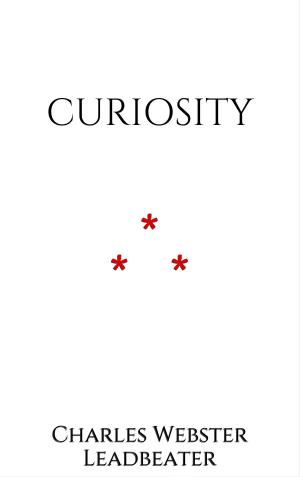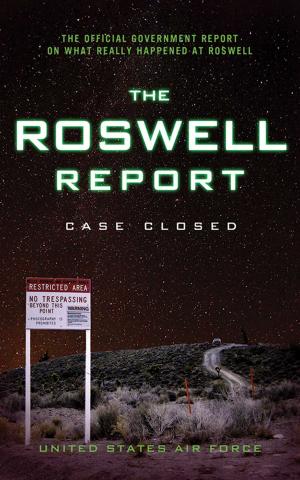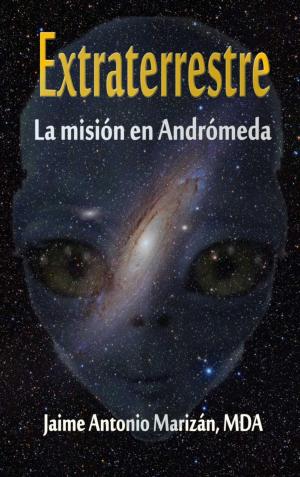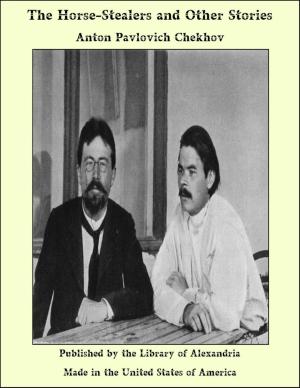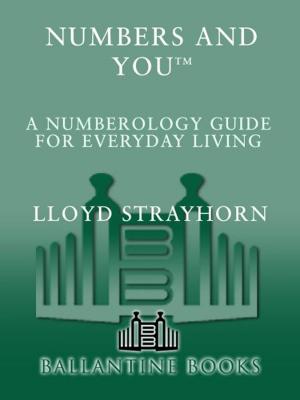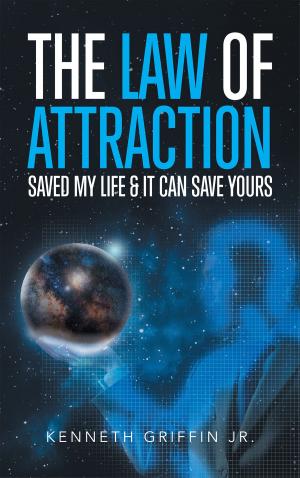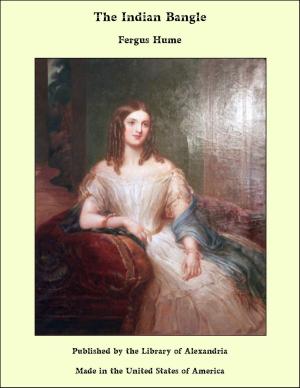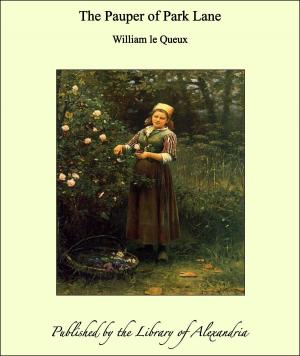| Author: | ISBN: | 9780994925534 | |
| Publisher: | 4021851 Canada Inc. | Publication: | October 15, 2017 |
| Imprint: | 4021851 Canada Inc. | Language: | English |
| Author: | |
| ISBN: | 9780994925534 |
| Publisher: | 4021851 Canada Inc. |
| Publication: | October 15, 2017 |
| Imprint: | 4021851 Canada Inc. |
| Language: | English |
The Ancient Trinity is presented to the reader in three tomes:
Volume 1 takes on the form of a myth: a series of short stories, ones as old as the illusion of time itself. The myth is meant to be a cognitive exercise whose resolution will invite the reader to construct a logistical framework effectively addressing the concepts presented to him in the subsequent volumes of the series.
The myth continues in Volume 2: Gofer’s Paradox.
Volume 2 is the dissertation's introduction, and addresses the inaugural question of “The Nine Dots Prize”; a demonstrably regional literary competition intended for an academic audience, preferred but not officially limited to the ivory tower circuit of southeastern UK. The second tome is meant to be a satirical response to a rhetorical statement masquerading as the inaugural question of The Nine Dots Prize: “Are digital technologies making politics impossible”?
Volume 3 is the dissertation proper. It addresses the devolution of the universe: one whose process cycle is devolving from a model based on quantum mechanics to one based on inductive observations. Observations which, inside the earthbound confines of Midgard, were first undertaken and refined into a series of hypothesizes by the ancient Norse philosophers who crafted the original version of The Poetic Edda.
Ironically, it is The Ancient Trinity’s Epilogue which is of interest to the aspirant, the first three volumes serving as a form of introductory reference manual; one which places the aspirant’s illusion of past cogitation into context, making it possible for it to commune with The Ancient One according to His Will.
The Ancient Trinity was in no way penned by the stated editor. Rather, The Book was but heedlessly transcribed by the latter, following a series of gruesome nightmares; ones transferred to it by The Book’s Creator. S. P. Otte is unable to take credit for this Work: The Original Author far too powerful to be dismissed any longer.
Empires come and go. The Ancient One is timeless.
The Ancient Trinity is presented to the reader in three tomes:
Volume 1 takes on the form of a myth: a series of short stories, ones as old as the illusion of time itself. The myth is meant to be a cognitive exercise whose resolution will invite the reader to construct a logistical framework effectively addressing the concepts presented to him in the subsequent volumes of the series.
The myth continues in Volume 2: Gofer’s Paradox.
Volume 2 is the dissertation's introduction, and addresses the inaugural question of “The Nine Dots Prize”; a demonstrably regional literary competition intended for an academic audience, preferred but not officially limited to the ivory tower circuit of southeastern UK. The second tome is meant to be a satirical response to a rhetorical statement masquerading as the inaugural question of The Nine Dots Prize: “Are digital technologies making politics impossible”?
Volume 3 is the dissertation proper. It addresses the devolution of the universe: one whose process cycle is devolving from a model based on quantum mechanics to one based on inductive observations. Observations which, inside the earthbound confines of Midgard, were first undertaken and refined into a series of hypothesizes by the ancient Norse philosophers who crafted the original version of The Poetic Edda.
Ironically, it is The Ancient Trinity’s Epilogue which is of interest to the aspirant, the first three volumes serving as a form of introductory reference manual; one which places the aspirant’s illusion of past cogitation into context, making it possible for it to commune with The Ancient One according to His Will.
The Ancient Trinity was in no way penned by the stated editor. Rather, The Book was but heedlessly transcribed by the latter, following a series of gruesome nightmares; ones transferred to it by The Book’s Creator. S. P. Otte is unable to take credit for this Work: The Original Author far too powerful to be dismissed any longer.
Empires come and go. The Ancient One is timeless.

